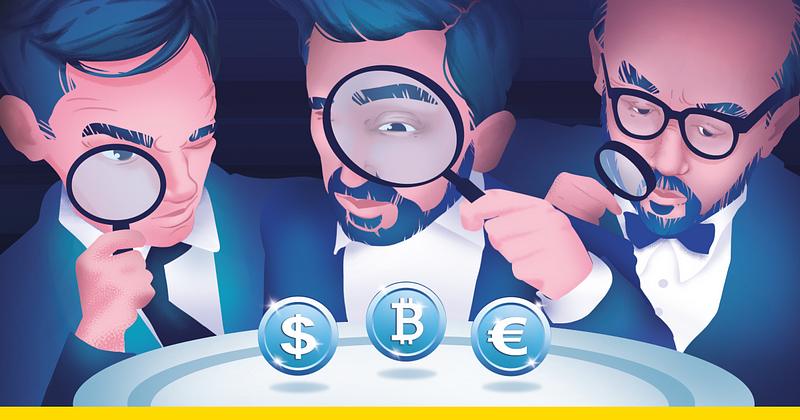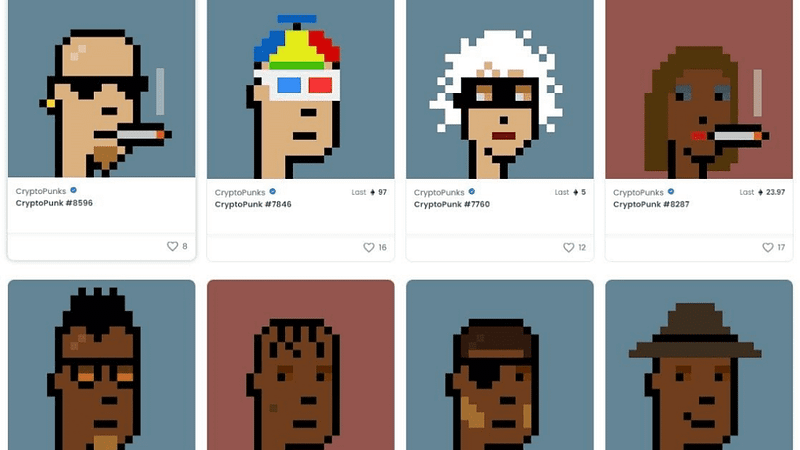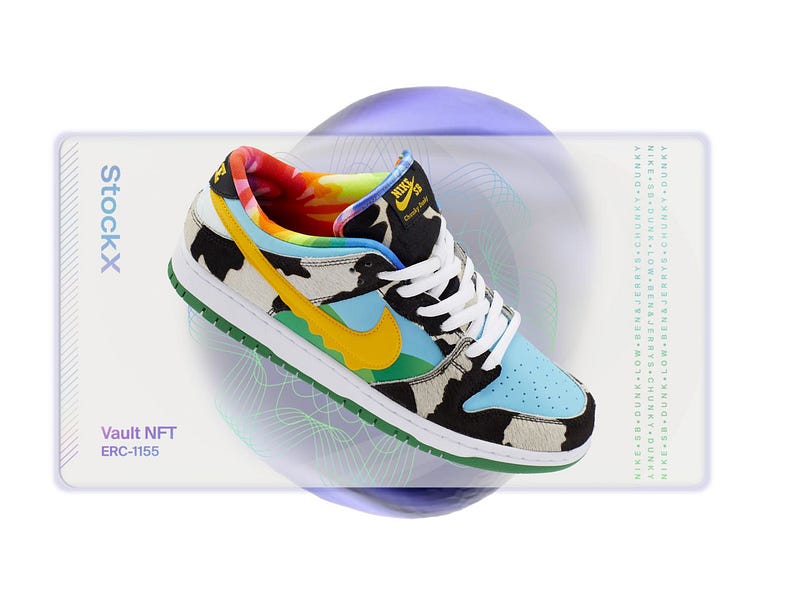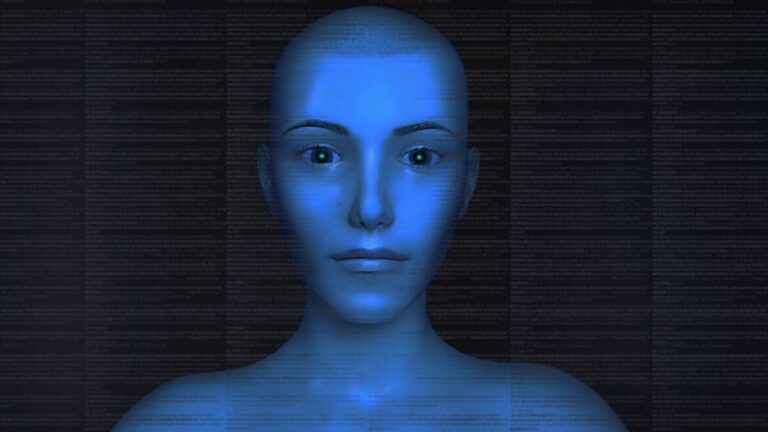
The emergence of non-fungible tokens (NFTs) on the market marked a new milestone in the digital world. Based on blockchain, NFTs have become a unique form of asset that has attracted the interest of large investors, corporate executives, collectors, and those who like to own exclusive things. More than 200,000 people buy and sell NFTs every month, and new token-based startups are emerging. According to Research and Markets, the NFT boom will cause an equally active market growth: from $20.44 billion in 2022 to $211.74 billion in 2030. What trends are driving NFTs’ astonishing rise and why are people willing to pay a fortune to get them?
NFT metaverse
In 2017, the first NFT game, CryptoKitties, aroused excitement in the gaming world. Users bought, collected, and sold digital pets. An owner could upgrade cats, endowing them with unique characteristics. The rarer genes a pet had and the older it was, the more expensive it was sold on the market. At the time of the game’s release, a kitten cost from $12 to $113,000. Today, prices for individual cats can exceed $999,000.
Other corporations have taken up the idea of using tokens to earn money while playing (P2E), and by 2022, hundreds of such games had appeared on the market. Axie Infinity, Gods Unchained, Splinterlands, and other NFT platforms are rapidly expanding their player bases. People like to earn extra income by playing and chatting with each other. Thus, NFTs are gradually forming a metaverse that combines a place of work, recreation, and social interaction in one virtual space.
NFTs are also expanding domestic gaming markets. Users buy NFT items in one game and, when a mission is completed, they can use these tokens in another one. Independent developers are investing in the industry by offering presale NFT in-game items.
These and other moments determine the five-fold growth of the Play-to-Earn NFT Games market: from $755 million in 2021 to $3618.4 million by 2028.

PFP NFT digital identity
You must have heard of the CryptoPunks collection of algorithmically generated portraits. In 2017, they were created based on the Ethereum blockchain and distributed for free to everyone who had an ETH wallet. Today, the cheapest picture in this series costs over $40,000, while the most expensive one was sold for $23.7 million. Why are people willing to pay so much for pixel art?
By purchasing an NFT, a person is buying a “picture for proof” (PFP) of the authenticity of their identity. Such a picture acts as a digital identification, gives a privilege to the holder, and opens access to closed communities.
Twitter is working on building an NFT verification mechanism. In the future, NFT-protected virtual identities will be able to use tokens as digital passports. Unlike their physical counterparts, they cannot be stolen, hacked, or counterfeited. Theoretically, it is possible to create a student NFT document, which will allow a person to enter the university building and borrow books in the library.
With NFTs, humans will become legitimate residents of the Metaverse. They will own avatars, digital clothes, and other items. That is, they will own digital identity and perform actions on its behalf. In this way, PFP NFT can become a major component of Web 3.0 and the Metaverse.

Authentication of items using digital twin NFTs
Do you know the difference between authentic Nike sneakers and numerous fakes that are distributed on eBay, Amazon, Yahoo, and other eCommerce platforms? It is difficult for a buyer to distinguish a fake from the original. This problem affects not only the “sneaker world”. Counterfeit sales account for about 2.5% of global trade: $464 trillion on average.
NFT technology can become the key to solving this problem. A brand owner creates a digital copy of the original in the form of an NFT, where information about the subject and ownership of physical assets is written. So, along with an item, a person receives a digital certificate confirming the authenticity of the product.
The NFT keeps the history of the item and can be used by the owner for resale. A buyer gets acquainted with the contents of the NFT, browses the archive, and purchases a used but high-quality thing. The chance that the buyer is deceived is next to zero.
Louis Vuitton and Nike are considering NFT distribution options, while LVMH, Prada, and Cartier are developing their Aura NFTs. In the future, an NFT-based authentication system will become commonplace, and users will be able to safely buy, collect and resell quality items.

Almost unreal: AI NFTs
In 2018, people saw that artificial intelligence can create NFT paintings. GAN, a smart algorithm, created a painting that Obvious Art successfully sold for $400,000. NFT artworks are created and sold on digital platforms.
But not only pictures, music, and literary works can be stored in NFTs. People are talking about a more surprising use case — iNFTs. These are tokens with an AI personality. iNFT stands for a virtual being with whom you can communicate. You can also train it and adjust its personality. It is even supposed that in the future owners will be able to train their iNFTs to put them in intellectual games and earn money from victories.
It may seem unrealistic but such iNFTs will become personal assistants to owners in their virtual homes in the Facebook metaverse. They will be able to “meet” the owner’s friends and report where they are and when they will get in touch.

NFTs in personal health data monetization
Medical organizations and pharmaceutical companies need a clear mechanism for collecting, storing, and processing data. Given the current rules on the confidentiality of patient information and restrictions, this is extremely difficult to do. Without analytical data, it is hard to carry out a large-scale study that will save thousands of human lives. Medical professionals who collect patient data without official permission risk hefty fines and can lose their jobs.
NFT solves this problem by offering benefits to both parties — healthcare providers and patients. Through digital platforms like Aimedis, users offer anonymous medical data for sale as NFTs. Pharmaceutical companies are acquiring NFTs for their research. Thus, the development of medicine is ensured without violating the confidentiality of patients.
Another equally interesting example of NFT technology in healthcare is the Health Hero app. A participant registers on the platform and receives a W-NFT, which can be improved by playing sports. Fitness trackers linked to the app transmit data about the user’s physical activity. Statistics affect the W-NFT, giving it unique characteristics. The more advanced the W-NFT becomes, the more expensive it can be sold on the platform.

Conclusion
The five examples described above are just a few of the ways NFTs are transforming our lives. The 2022 NFT trends look fantastic but are getting closer to reality every day. The boundaries between creators and buyers are disappearing, and digital assets acquire greater value and are reliably protected from theft. Experts in finance, technology, art, and sales are experimenting and looking for new ways to use blockchain, cryptocurrency, and tokens, which we will hear about soon.






